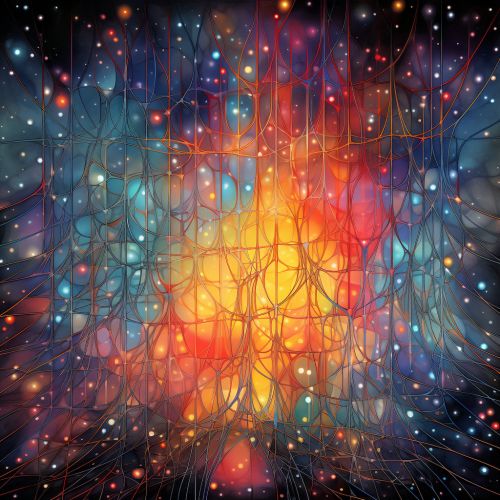Backpropagation
Introduction
Backpropagation is a method used in artificial neural networks to calculate a gradient that is needed in the calculation of the weights to be used in the network. It is commonly used in conjunction with an optimization method such as gradient descent. The method calculates the gradient of a loss function with respect to all the weights in the network.
Overview
The backpropagation algorithm was originally introduced in the 1970s, but its importance wasn't fully appreciated until a famous 1986 paper by David Rumelhart, Geoffrey Hinton, and Ronald J. Williams. This paper describes several neural networks where backpropagation works far faster than earlier approaches to learning, making it possible to use neural nets to solve problems which had previously been insoluble.


Mathematical Formulation
The backpropagation algorithm uses the chain rule of calculus to compute the gradient of the loss function with respect to the weights of the network. The chain rule is a method for finding the derivative of composite functions, or functions that are made by combining one or more functions.
The backpropagation algorithm begins with the final loss function and works backward through the layers of the network, hence the name 'backpropagation'. The algorithm calculates the gradient of the loss function with respect to the weights in the network by propagating the gradient of the loss function back through the network.
Algorithm
The backpropagation algorithm can be broken down into several steps:
1. Forward Propagation: Each input unit (or neuron) sends its value forward to all the neurons it is connected to, weighted by the corresponding weights of the connections. This is done for all layers of the network.
2. Compute Output Error: The difference between the network output and the actual output is computed. This is typically done using a loss function.
3. Backward Propagation of Errors: The error computed at the output layer is propagated backward through the network. This is done by taking the error at each output neuron and distributing it back to the neurons in the previous layer, in proportion to the weights that contributed to the original output.
4. Update Weights: The weights are then updated in a way that minimizes the error. This is typically done using a learning rate and the gradient computed during backpropagation.
Applications
Backpropagation is widely used in deep learning models and is fundamental to the training of most types of artificial neural networks. It is used in a variety of applications including image recognition, speech recognition, natural language processing, and other machine learning tasks.
Advantages and Disadvantages
The main advantage of backpropagation is that it is simple and efficient, and it has broad applicability. It can be applied to any type of feedforward network, and it is guaranteed to find the global minimum of the error surface if the error surface is convex.
However, backpropagation also has several disadvantages. It requires the activation function used by the neurons to be differentiable. It also tends to get stuck in local minima for complex problems. Furthermore, it requires the entire dataset to be available and in memory, which can be a limitation for large datasets.
